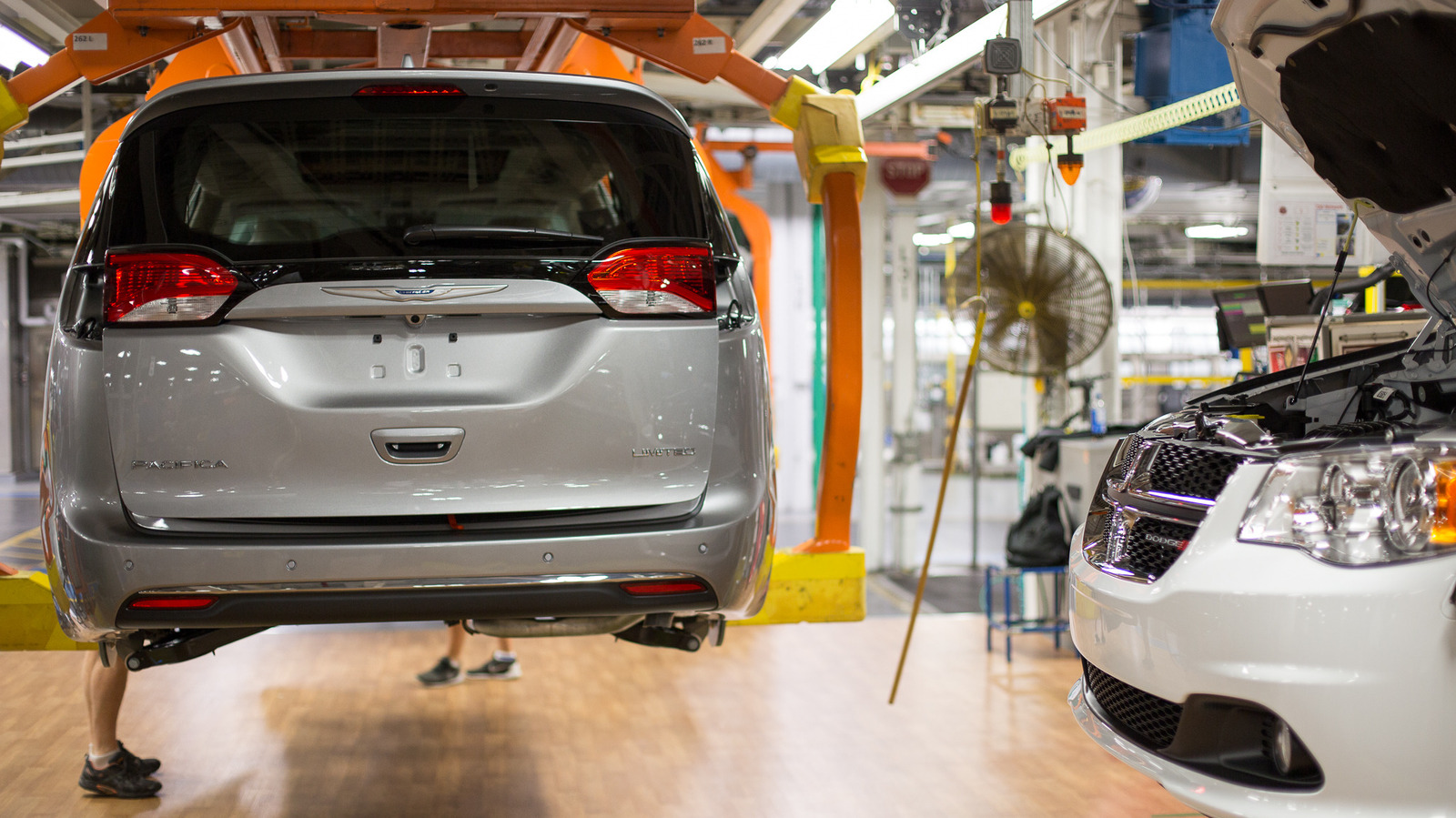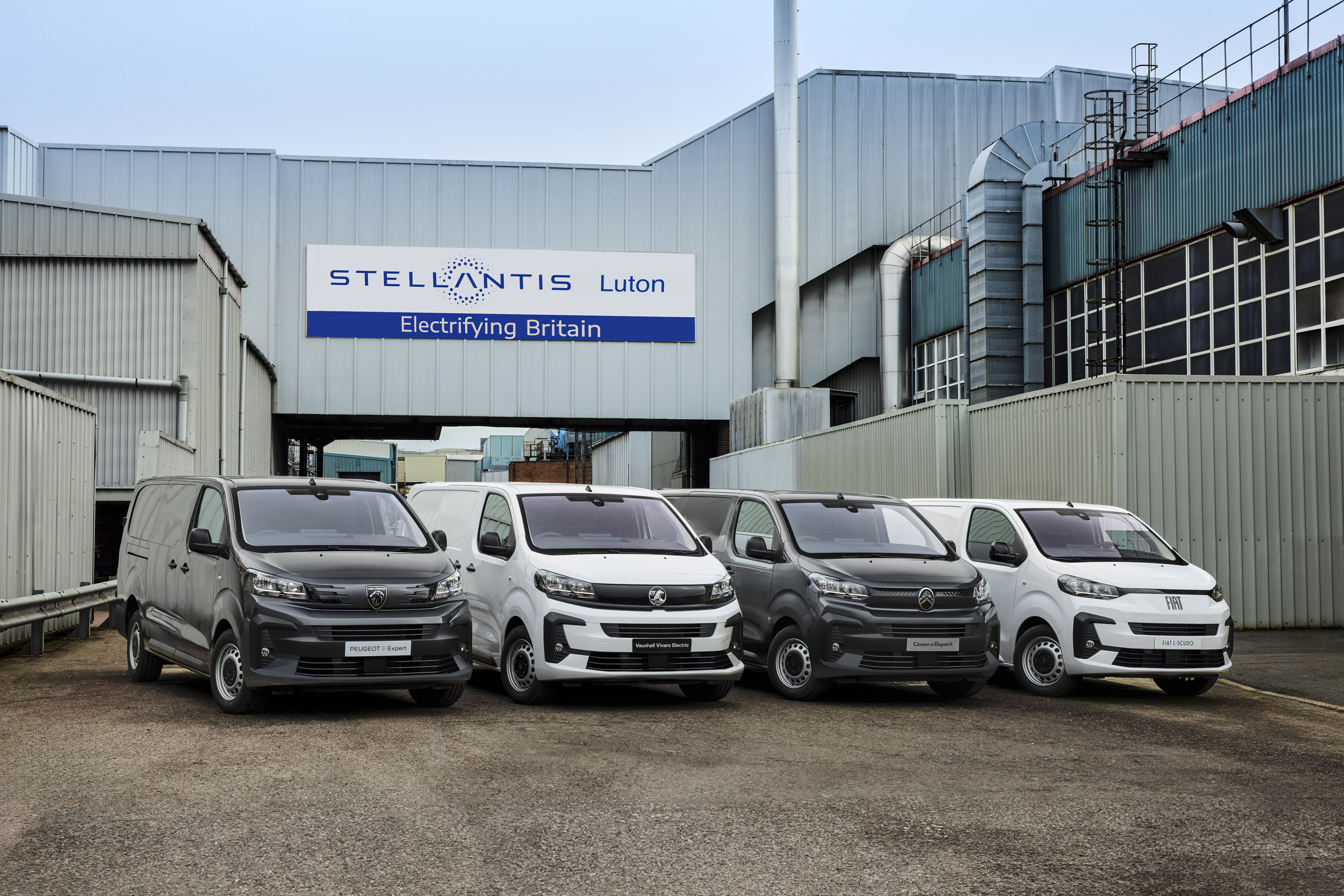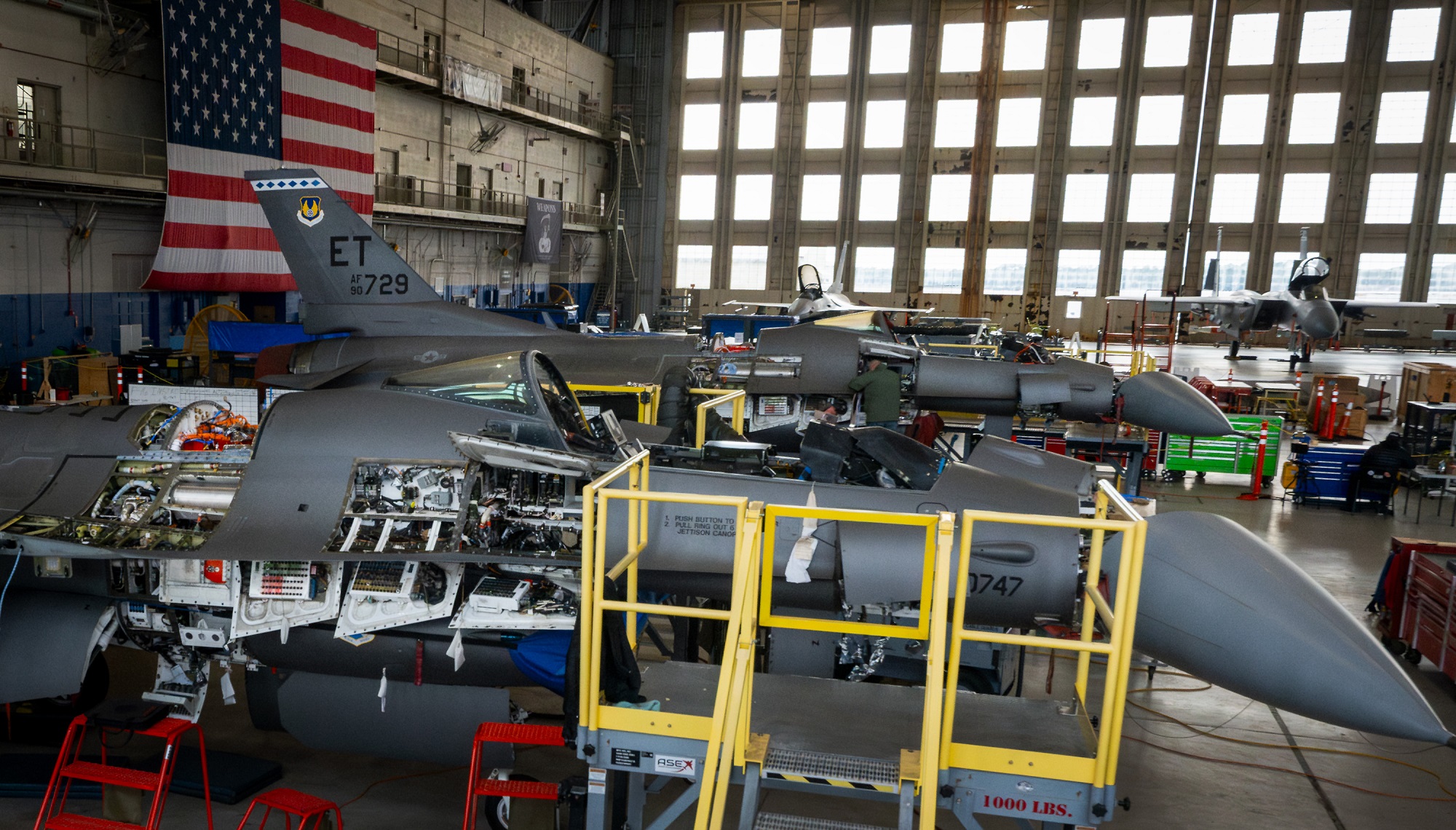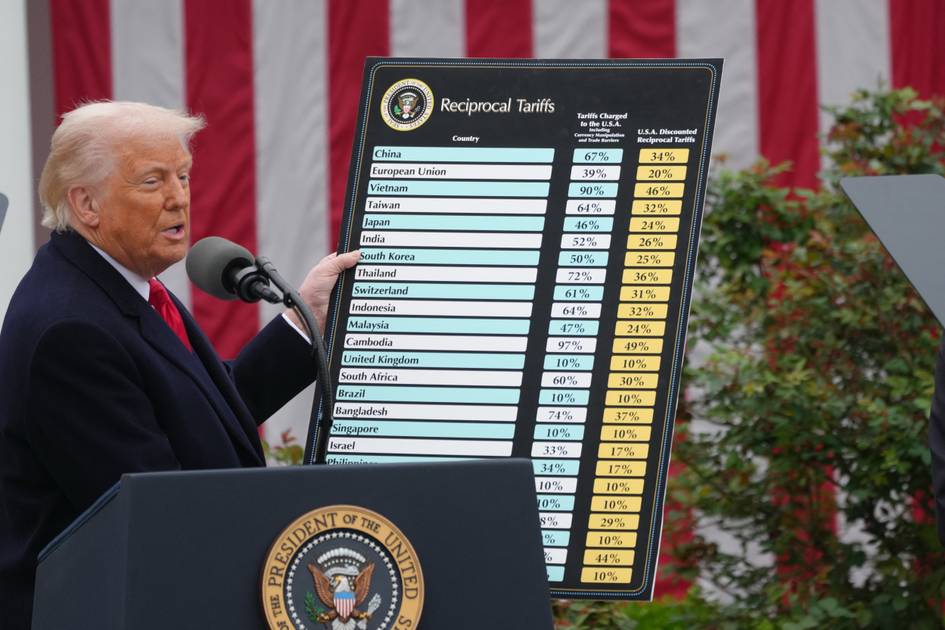How Digital Twins can Help Metalworkers of All Sizes in Uncertain Times
While digital twins were once seen as a tool only large-scale manufacturers could afford, that’s no longer the case. Manufacturers of all sizes are adopting them — with use cases from CNC machining and process optimization to predictive maintenance and production planning. The post How Digital Twins can Help Metalworkers of All Sizes in Uncertain Times appeared first on Fabricating & Metalworking.


No matter where you stand on trade policy, there’s no denying that manufacturing is in a challenging moment. Between impending tariffs, labor shortages, and general uncertainty about what’s next, long-standing industry challenges have become even more unpredictable.
The good news? Metal fabricators and manufacturers have historically been a strong group, weathering economic downturns, trade disruptions, and technological shifts before — like the steel crises of the 1980s, when U.S. mills had to modernize or risk collapse. By embracing technological innovation and adapting, manufacturers didn’t just survive — they became more competitive than ever.
Today is no different — and it could mark the start of a similar roadmap for innovation and adaptation. By leveraging smart technologies, manufacturers can stay ahead of disruptions, cut costs, and optimize production — turning uncertainty into opportunity.
One of the most impactful of these smart technologies is digital twins — virtual replicas of real-world machines, processes and products. With digital twins, fabricators can monitor, test, and refine operations before making costly changes or using materials that are only getting more expensive.
But that leads to the big question: where should manufacturers start?
The Digital Twin Knowledge Gap: Why More Manufacturers Need to Pay Attention
While digital twins were once seen as a tool only large-scale manufacturers could afford, that’s no longer the case. Manufacturers of all sizes are adopting them — with use cases from CNC machining and process optimization to predictive maintenance and production planning. Software that enables digital twins and virtual prototyping helps reduce costs and waste, minimize downtime, and improve efficiency — without requiring a massive, costly investment.
These benefits aren’t just talk, either. According to research from Hexagon Manufacturing Intelligence, 96% of senior executives believe in the benefits of digital twins, with 62% seeing immense value. And for those actively tracking ROI, the returns are significant — 92% report seeing more than a 10% return on investment. Beyond cost savings, digital twins are proving to be a driving force in efficiency, with 49% of manufacturers citing improved efficiency as a key benefit.
However, despite the growing interest in digital twins, they remain an untapped opportunity for many manufacturers. Nearly half (49%) of small-to-medium (revenue under $50 million) business executives lacked awareness of the technology, and less than half (47%) have actually integrated it into their operations.
This gap in adoption could leave manufacturers – especially smaller ones – at a disadvantage if major supply chain disruptions occur due to tariffs, material shortages, or shifting trade policies.
Debunking Misconceptions Around Digital Twins
So, what’s the holdup? Even with growing interest in digital twins, manufacturers’ hesitation remains a challenge. Often, this reluctance comes from outdated ideas about the technology. For instance, research found that many manufacturers believe digital twins require a complete system overhaul. In reality, it’s not necessary to digitize an entire operation overnight — many start with a single machine, process, or workflow and expand over time as they see value.
Another misconception is that digital twins require “perfect” data from across the entire business. In reality, companies can get started with paper logs and spreadsheet figures. In fact, 56% of organizations with digital twins are actively investing in better data collection post-implementation, proving there’s no need for perfection to start.
Lastly, there’s the impression that digital twins only apply to equipment. While digital twins are a powerful tool for monitoring machinery and predicting maintenance needs, they also help optimize supply chains, improve material use, and enhance overall production flow. By challenging these misconceptions, manufacturers can fully unlock the potential of digital twins—helping them cut costs, improve efficiency, and stay competitive in an evolving industry.
How Manufacturers can Get Started
For manufacturers, adopting digital twins often starts with the foundation that is already present — with data living within existing machines, processes, and the knowledge of the workforce. Capturing this data — which, as stated earlier, could be as rough as scribbled notes on paper or stored in the mind of a long-time worker — can help build a centralized database of knowledge. Starting small is the right place to start — even if it’s one machine and one dataset.
Reduce Waste and Maintain Records
In an uncertain market, every piece of material matters to keep costs in check. A digital twin can help by creating a digital product “passport” that captures a part’s design, inspection data, and quality history, ensuring a detailed record without requiring a major system overhaul. This real-time visibility reduces the need to re-develop parts, improves consistency, and helps manufacturers make cost-efficient decisions before minor issues become expensive mistakes.
Optimizing Operations Without Added Risk
Unexpected downtime and inefficiencies are among the biggest challenges on the shop floor, causing delays and cutting into profit margins. A digital twin of key processes allows manufacturers to simulate production runs, test workflow changes, and optimize material use — before committing to real-world adjustments. By analyzing production bottlenecks and fine-tuning workflows, manufacturers can increase efficiency without costly disruptions, ensuring operations stay agile in an unpredictable market.
Extending Equipment Life and Reducing Downtime
Unplanned equipment failures often cost far more than scheduled maintenance. A digital twin of key assets enables predictive maintenance, helping manufacturers detect breakdown risks early and extend equipment lifespan. Instead of reacting to unexpected downtime, shops can track wear patterns, fine-tune maintenance schedules, and prevent costly disruptions — keeping machines operating at peak efficiency despite economic uncertainty.
Navigating Uncertainty Doesn’t Have to be a Struggle
Rising costs, supply chain disruptions, and tariffs only continue to add pressure, making an already demanding environment even tougher. But manufacturers don’t have to be at the mercy of these issues that threaten to throw their shop floors into disarray. Digital twins are just one of many technologies that can help manufacturers navigate these challenges, providing cost-effective ways to optimize operations, reduce material waste, and minimize downtime — without requiring a complete business overhaul.
In addition to digital twin’s benefits on their own, digital twin technology and AI are also closely related, with AI playing a crucial role in enhancing the capabilities of digital twins. AI amplifies the effectiveness of digital twins by enabling intelligent automation, predictive insights, and real-time optimization.
By starting with small, targeted applications, digital twins can deliver real value almost immediately. Manufacturers that adopt these tools will gain an edge over those who haven’t, alleviating the pressure of an ever-changing market.
The post How Digital Twins can Help Metalworkers of All Sizes in Uncertain Times appeared first on Fabricating & Metalworking.









































































































































































.jpg)









